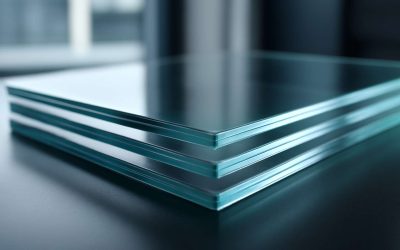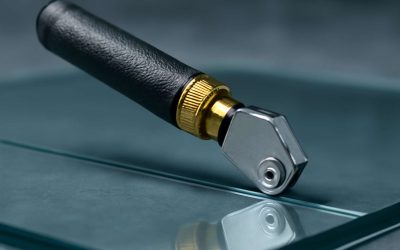
Tempered glass is a type of safety glass that is resistant to shattering and is often used in construction, public buildings, and even homes. It is a popular choice for use in shower doors, glass railings, and glass facades due to its strong strength and ability to withstand extreme weather conditions.
Tempered glass is created using a thermal tempering process that heats annealed glass panels to extremely high temperatures and then immediately undergoes rapid cooling in a specialized tempering oven. This process makes the glass four times stronger than a regular glass panel, which is why it is so commonly used in construction projects around the world.
It’s a little known fact, but tempered glass was originally created by accident. It is believed that a piece of molten glass dropped into icy water quickly cooled to form teardrop-shaped pieces, which are now commonly referred to as Prince Rupert’s Drops.
Although tempered glass was initially a novelty, it soon became the most preferred material for creating window glazing in commercial and residential buildings. It is incredibly durable and is often used for shower doors, bathtub enclosures, sliding doors, glass facades, windows, skylights, elevators, and glass floors.
It is also used to make glass display cases in retail stores, as well as glass railings in department stores and offices for added safety. It’s a great way to protect the items on display, while still allowing customers to see what’s inside of them.
In addition, tempered glass is much more resilient to abrasions and scratches than regular glass. This is why it’s commonly used to make glass conference tables, kitchen countertops, and reception desks.
The Tempered Glass Process
During the tempering process, a sheet of annealed glass is placed onto a roller table and heated to a very high temperature in a furnace and then quickly cooled with forced air drafts. This process enables the glass to be four times as strong as a standard glass panel, making it the ideal option for internal partitioning, stair and atrium railings, frameless doors, and skylights.
If you are interested in purchasing a tempered glass panel, you’ll need to consult with your local glass fabricator for more information on pricing and availability. They will be able to help you select the best size and thickness for your needs.
You can find a wide variety of thicknesses for tempered glass panels at Glasshape, including 1/8″, 1/2″ and 3/4″. These are ideal for patio table tops, balcony handrails, and staircase railings.
Aside from its strength and resistance to shattering, tempered glass is also very easy to clean. This is important, especially when installing it on a balcony or deck where there are children or pets that may want to play with it.
It’s a good idea to have a professional install your tempered glass panel, as it is a very difficult task for the average DIY homeowner. They will need to be very careful not to crack it and cause the panel to break, which could be dangerous if you fall on it.



0 Comments